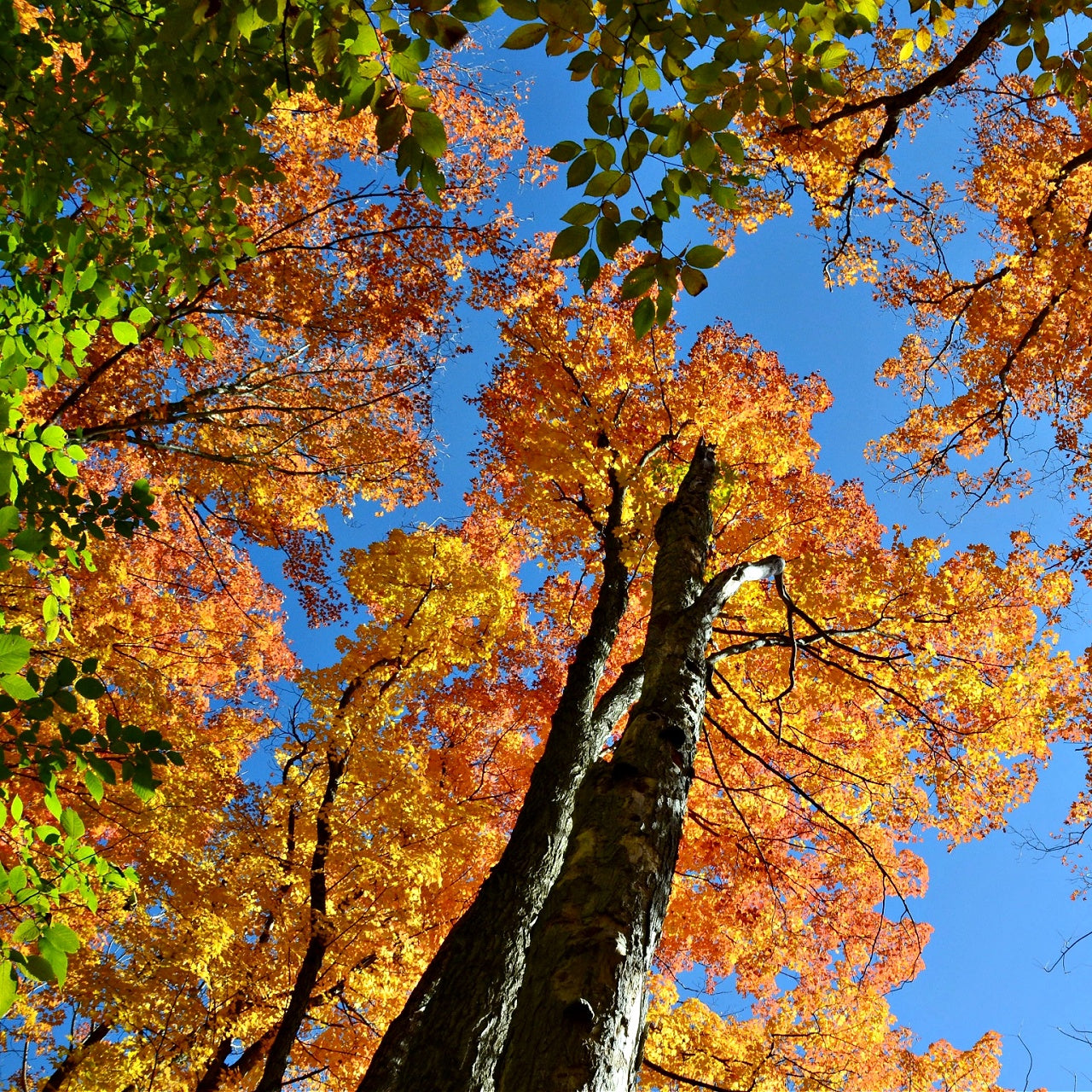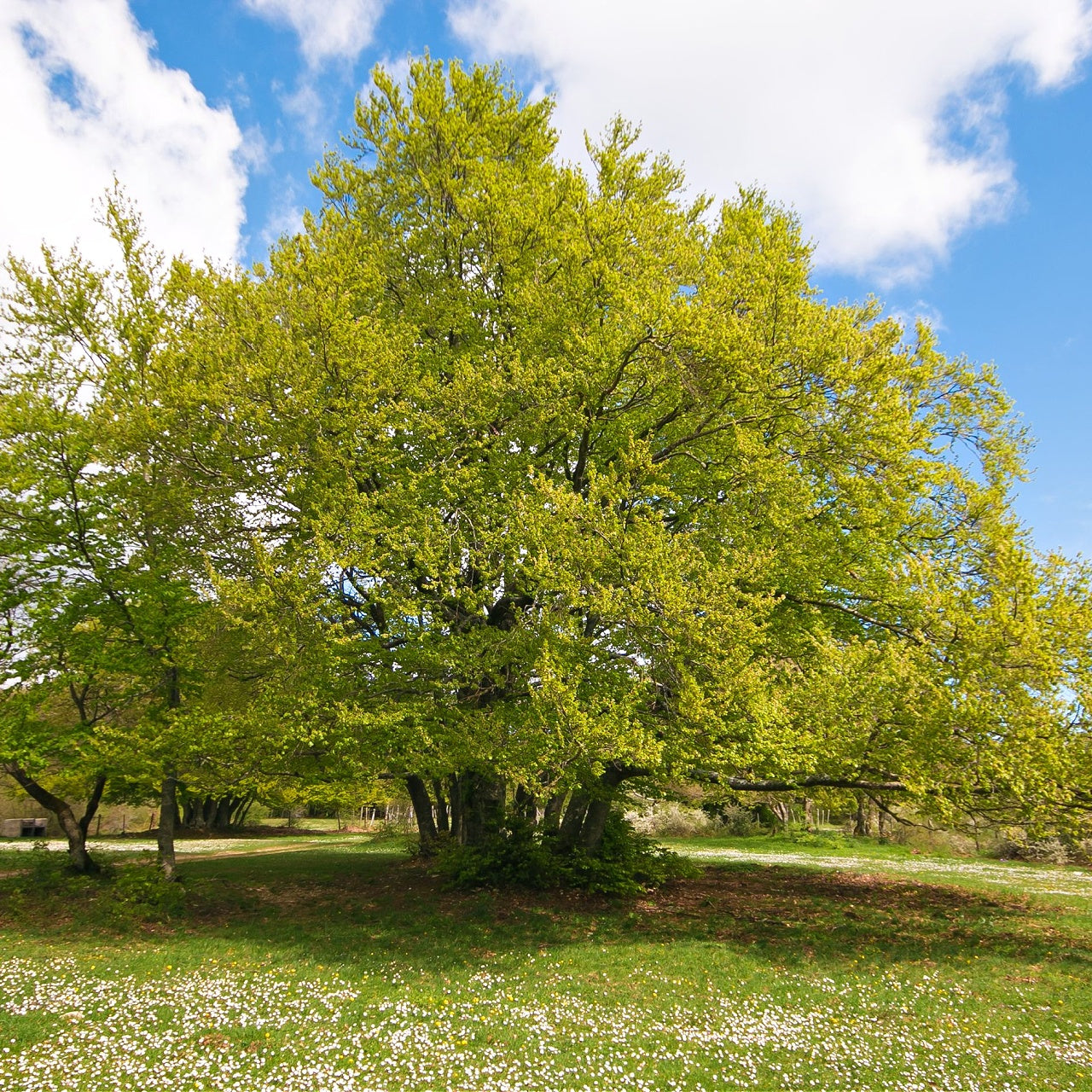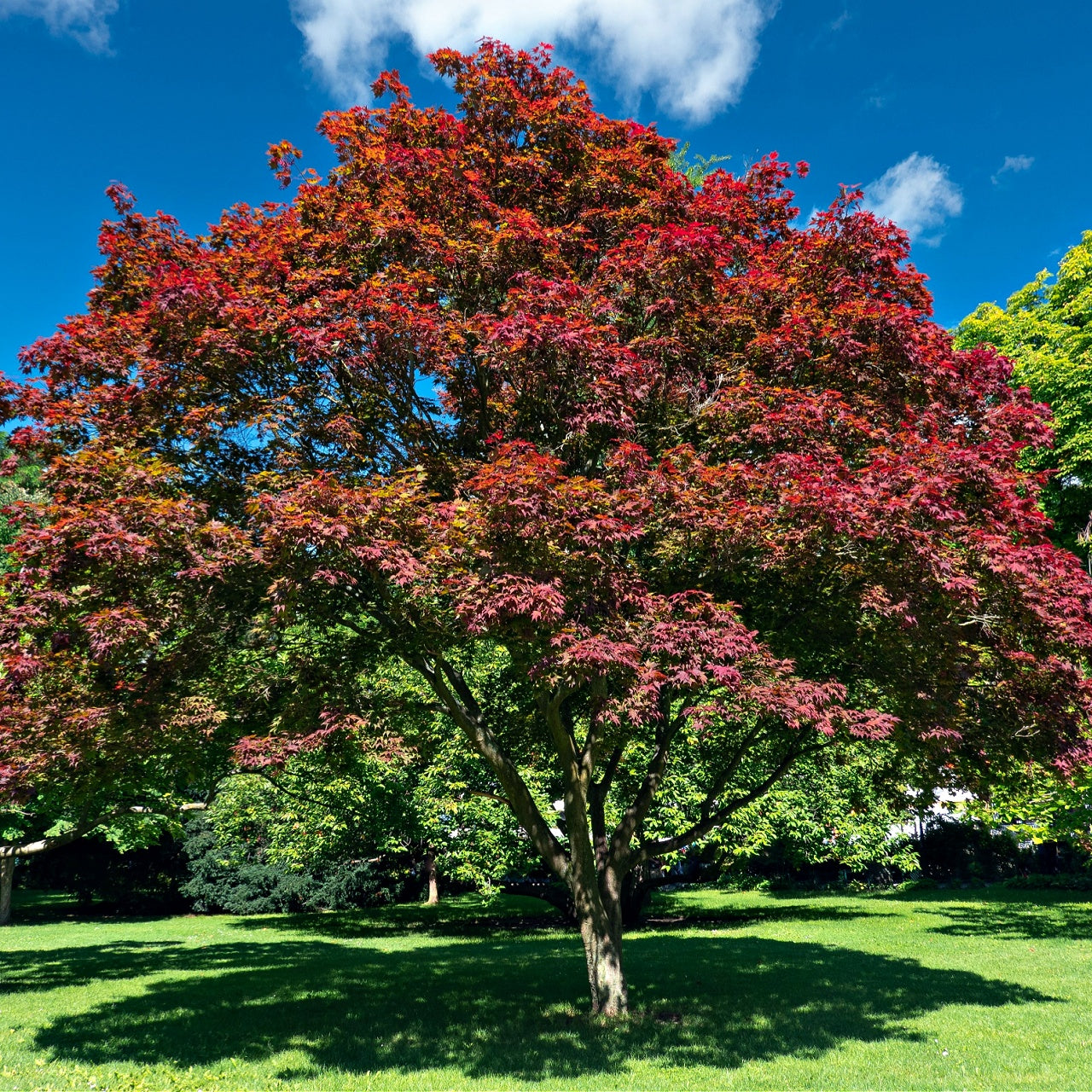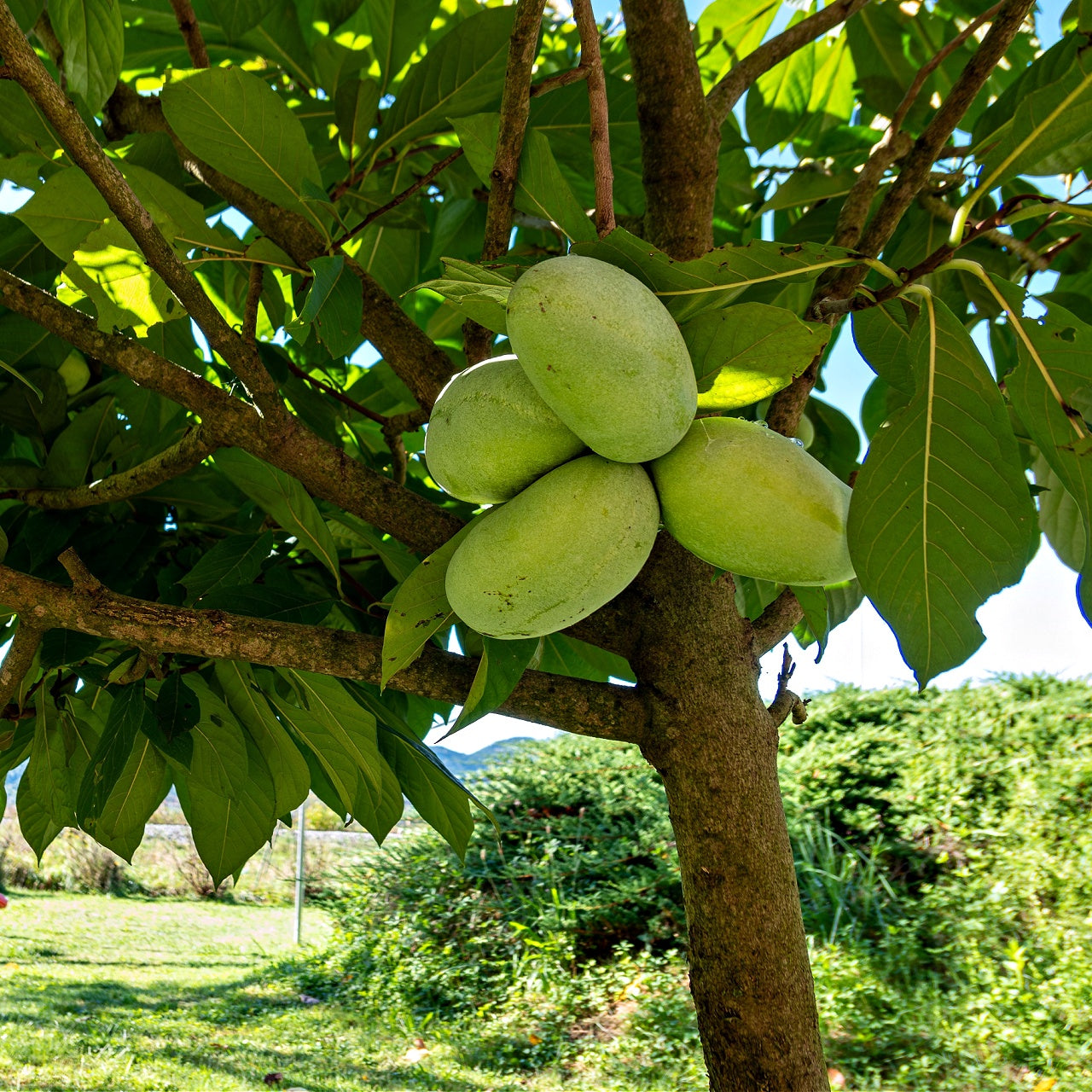
Maple Leaf Viburnum Offers White Blooms and Fall Color
Maple Leaf Viburnum Offers White Blooms and Fall Color
Maple leaf viburnum (Viburnum acerifolium) is a medium-sized shrub that provides a lush green backdrop and white blooms in the warmer months, then transforms into beautiful shades of red and plum in autumn. This shrub, which is hardy in zones 3 to 8, provides year-round interest. Along with its large leaves resembling those of a maple tree, the maple leaf viburnum shrub also blooms with large lacy clusters made up of tiny white flowers starting in the spring. In late summer, deep-blue berry clusters appear.
Maple leaf viburnum grows up to 6 feet tall to 4 feet wide but becomes more compact with pruning. As a native plant that thrives on the edges of forests, the maple leaf viburnum shrub looks natural in various settings. Place it next to a rough-hewn tree for a softening effect. Alternatively, set maple leaf viburnum in a hedge border made up of a variety of shrubs. The lighter green color of maple leaf viburnum’s foliage contrasts a darker green shrub-like rhododendron and juniper.
Of course, it’s also a whimsical touch to plant a maple leaf viburnum shrub or two at the base of actual maple leaf trees to marvel at the similar leaves of these unrelated plants.
Maple leaf viburnum shrub is also a good choice for the back border of an ornamental garden or as a foundation plant. Its spreading branches and blooms of white create a dramatic backdrop to spring bulbs, such as daffodils or summer flowers. In the fall, the maple leaf viburnum shrub provides red, magenta, or purple color when many other plants have “gone by.”
Many homeowners prefer maple leaf viburnum to a similar burning bush shrub to provide fall color. Maple leaf viburnum’s advantages over burning bush include being a native plant and non-invasive. The maple leaf viburnum shrub is also a bounty for wildlife. It attracts butterflies and bees when in flower, while its berries bring a range of birds to the yard.
The Maple Leaf Viburnum is a Versatile Shrub
This “mini maple tree” does best in full sun to part shade. While the native shrub is a woodland plant by heritage, maple leaf viburnum prefers the edges of forests rather than to be entirely overshadowed by tall trees and buildings. (Although the shrub does make a better choice for partly shady sites than other viburnum species.)
The maple leaf viburnum is okay with soil conditions. If the planting area is too much on the sandy/rocky or clay side, some compost can help get it more to the loamy conditions that the maple leaf viburnum shrub prefers.
Maple Leaf Viburnum Shrubs are Self-Sufficient
Once you’ve planted the maple leaf viburnum shrub, some mulch can help it retain water more efficiently. After the first year or two, it better tolerates dry spells. If you want to control growth or spread, prune your maple leaf viburnum after flowering.






